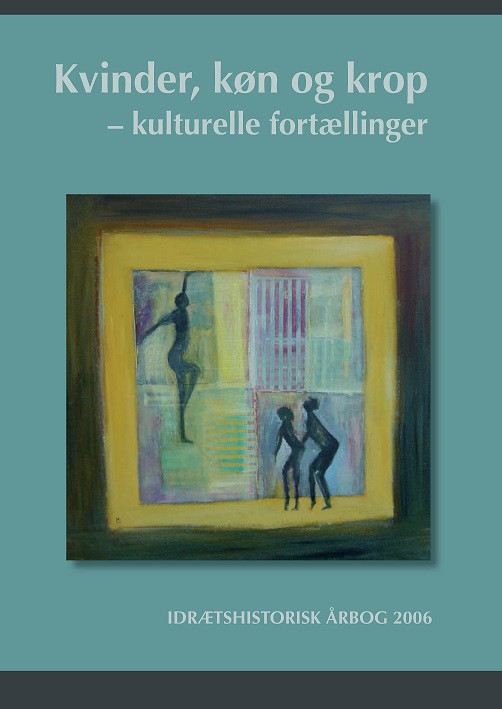Kvindegymnastik, scenisk dans og kvinders medborgerskab i 1920erne og 1930erne
DOI:
https://doi.org/10.7146/ffi.v22i0.31682Resumé
Artiklen undersøger forholdet mellem dans og kvindegymnastik i et historisk perspektiv. En analyse af Agnete Bertrams kvindegymnastik og Jenny Møllers dans danner artiklens fundament for diskussion af dans og gymnastik som arenaer for kvinders medborgerskab.
Karen Vedel, Anne Lykke Poulsen: Woman Gymnastics, Scenic Dance and Women’s Citizenship in the 1920ies and 1930ies
The purpose of this article is to examine the historical overlap between scenic dance and woman’s gymnastics in Denmark in the interwar period. The point of departure was acknowledgment of the apparent similarities between two women who at this time were established as agents in the two different cultural fields of scenic dance and woman’s gymnastics. The first woman was the choreographer, dancer and dance-pedagogue Jenny Møller (1892- 1952), who established a private dance institute that offered classes for children and adult women, both amateurs and professionals and besides offered teacher training for dance-pedagogues. The other woman was the gymnastics teacher Agnete Bertram (1983-1983), who also established a private gymnastics institute for women including a teacher training course in her specific approach to woman’s gymnastics. Each of the women had exceptional positions in their different fields and both of them had due to their pedagogical efforts a significant influence at their time. An analysis of Jennny Møller’s and Agnete Bertram’s ideas of the relations between movement and femininity leads to a determination of their positions in their respective fields. The two forms of body culture are then discussed as genres, characterising gymnastics as bodily exercises referring to one or several standards for correct performance, whereas dance is defined as art in its own right and as aesthetic expression where the exercises are more a means than an end. As we intend to understand the two pedagogues in at cultural and social context the scenic dance and woman’s gymnastics is finally discussed as arenas for practising and enhancing the female citizenship.

